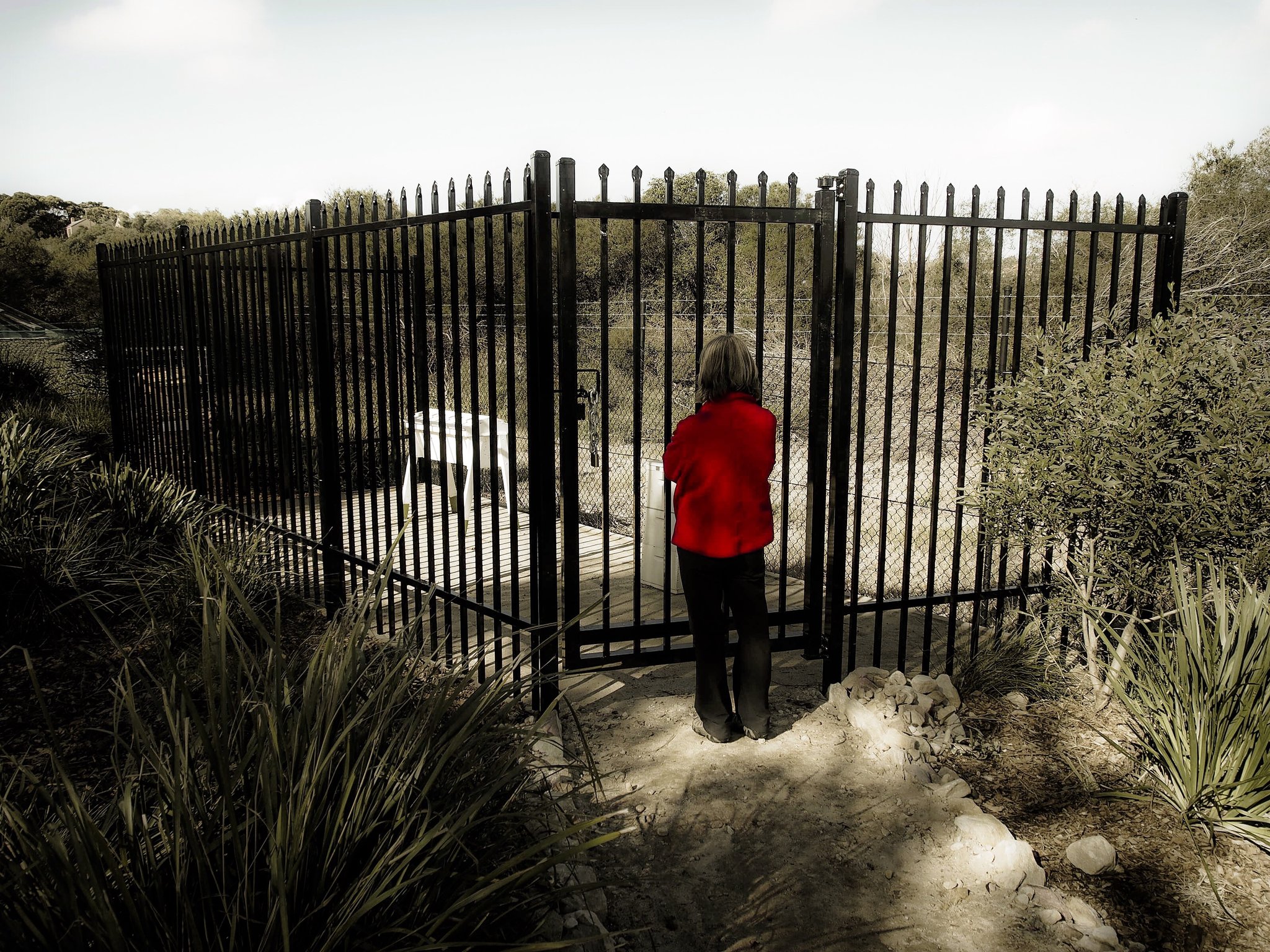
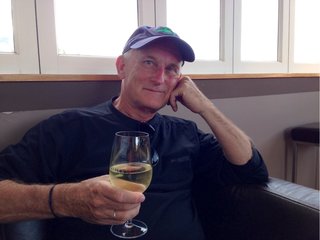
Russ Grayson
When the bees came to town
Honeybees and native bees find a new home at Randwick Community Centre…
Mixing bees…
Story made at Randwick Community Centre by Russ Grayson
www.pacific-edge.info
Instagram: Pacificedge_images
www.pacific-edge.info
Instagram: Pacificedge_images
The enclosure houses two honeybee and one stingless native bee hive. One of the honeybee hives is the top bar type and the other a conventional box hive.
A multifunctional community centre in Sydney's coastal Eastern Suburbs…
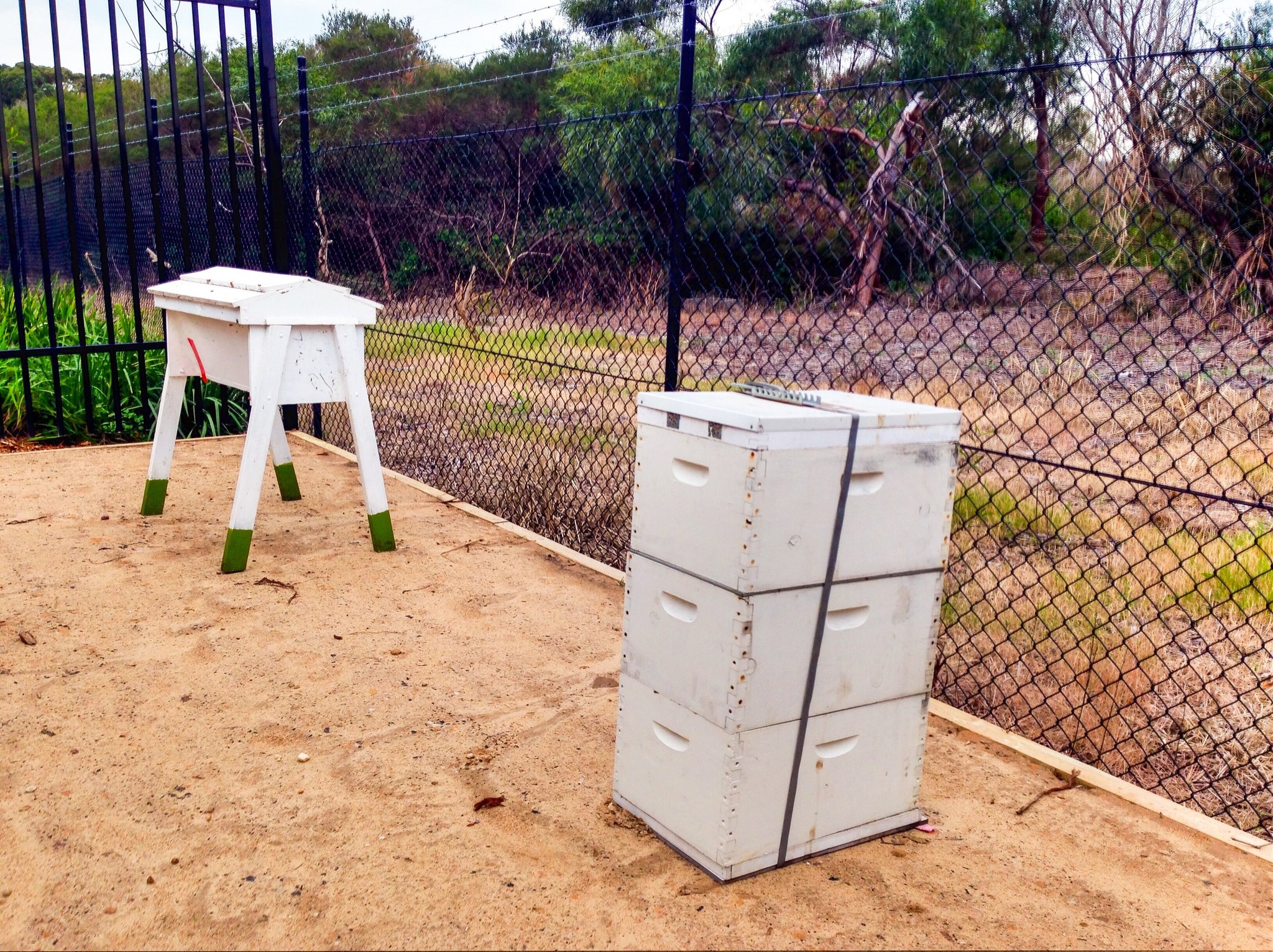
Community centre, village green, schools education, community education, active and passive recreation, remnant bushland, the Permaculture Interpretive Garden, renewable energy production… and now an apiary. At Randwick Community Centre, the council is stacking landuses to create a multipurpose venue and to offer a range of opportunities to local people.
....................
AN EARLY WINTER day in June… sunny but cooled by a gentle breeze flowing in from the south. It was prime weather for an official opening.
It was a day that started with two simultaneous workshops at Randwick Community Centre. In one room, landscape architect and permaculture educator, Steve Batley, from Sydney Organic Gardens, took a group through the basics of keeping chooks at home (for the few not fluent in traditional Australian language, chooks = chickens). In the classroom on the village green, Doug Purdie from The Urban Beehive and Elke Haege, Australian native bee aficionado, took another group through the basics of urban beekeeping.
That a beekeeping workshop had been scheduled was fortunate, for it was at coffee break time that council sustainability educator, Fiona Campbell, brought both workshops together for the opening of the new apiary. Located on the edge of the village green, the apiary is close to bushland and to the flowering vegetable plants in the Permaculture Interpretive Garden, places where the honey bees can forage.
....................
AN EARLY WINTER day in June… sunny but cooled by a gentle breeze flowing in from the south. It was prime weather for an official opening.
It was a day that started with two simultaneous workshops at Randwick Community Centre. In one room, landscape architect and permaculture educator, Steve Batley, from Sydney Organic Gardens, took a group through the basics of keeping chooks at home (for the few not fluent in traditional Australian language, chooks = chickens). In the classroom on the village green, Doug Purdie from The Urban Beehive and Elke Haege, Australian native bee aficionado, took another group through the basics of urban beekeeping.
That a beekeeping workshop had been scheduled was fortunate, for it was at coffee break time that council sustainability educator, Fiona Campbell, brought both workshops together for the opening of the new apiary. Located on the edge of the village green, the apiary is close to bushland and to the flowering vegetable plants in the Permaculture Interpretive Garden, places where the honey bees can forage.

Above: Australian native bee specialist, Elke Haege, explains to people assembled for the opening of the beehive enclosure that Randwick Council is the first local government to host a combined native and honeybee installation on local government land.
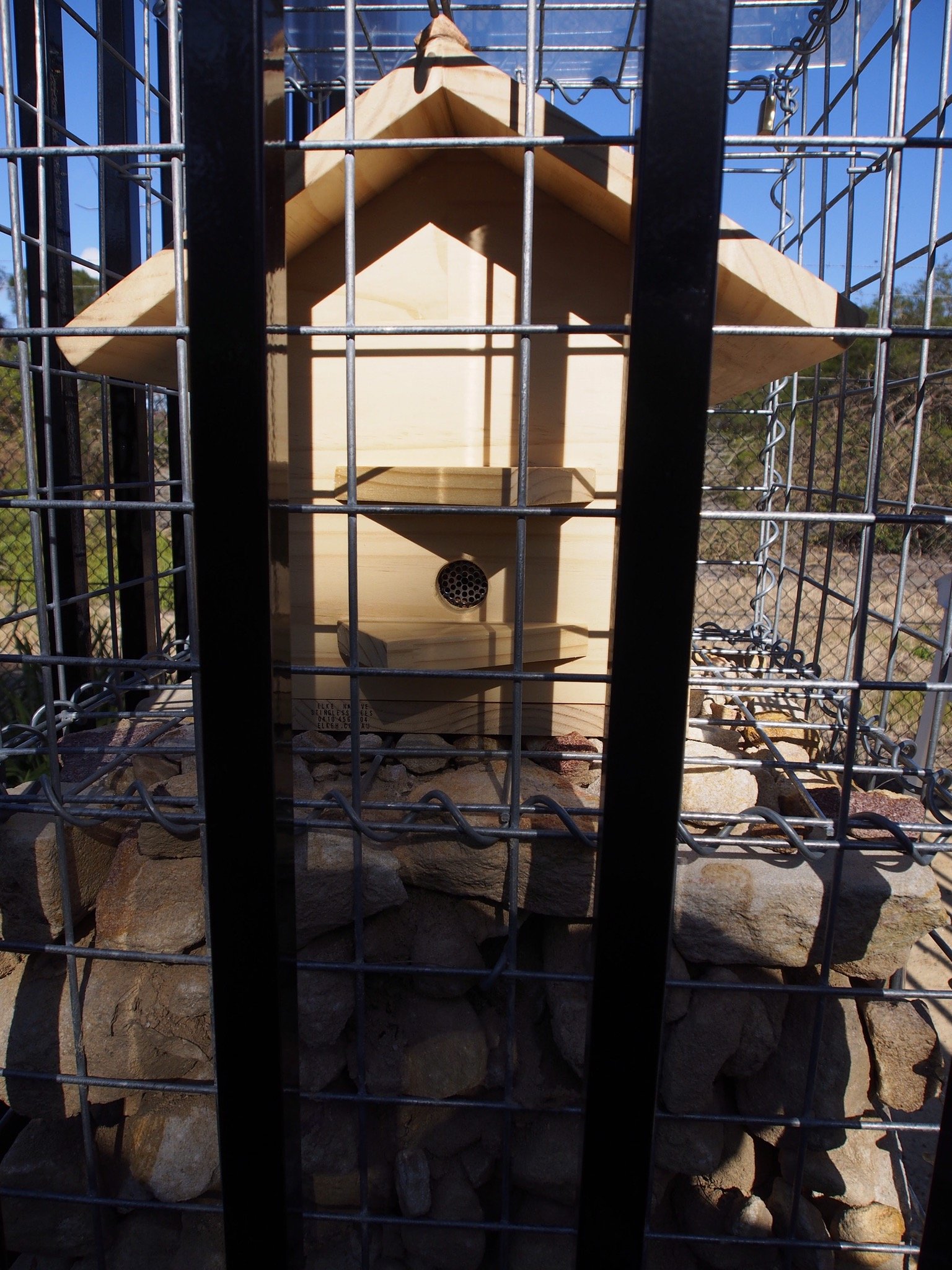
Specialist: native bees…
Above: The native bee hive is located in a corner of the cage in a locked, stone-filled gabion. The reason for securing it this way is to keep it from being stolen, something that happens to native bee hives.
A high steel fence around the hives creates distance between the honey bees and curious humans.
A high steel fence around the hives creates distance between the honey bees and curious humans.
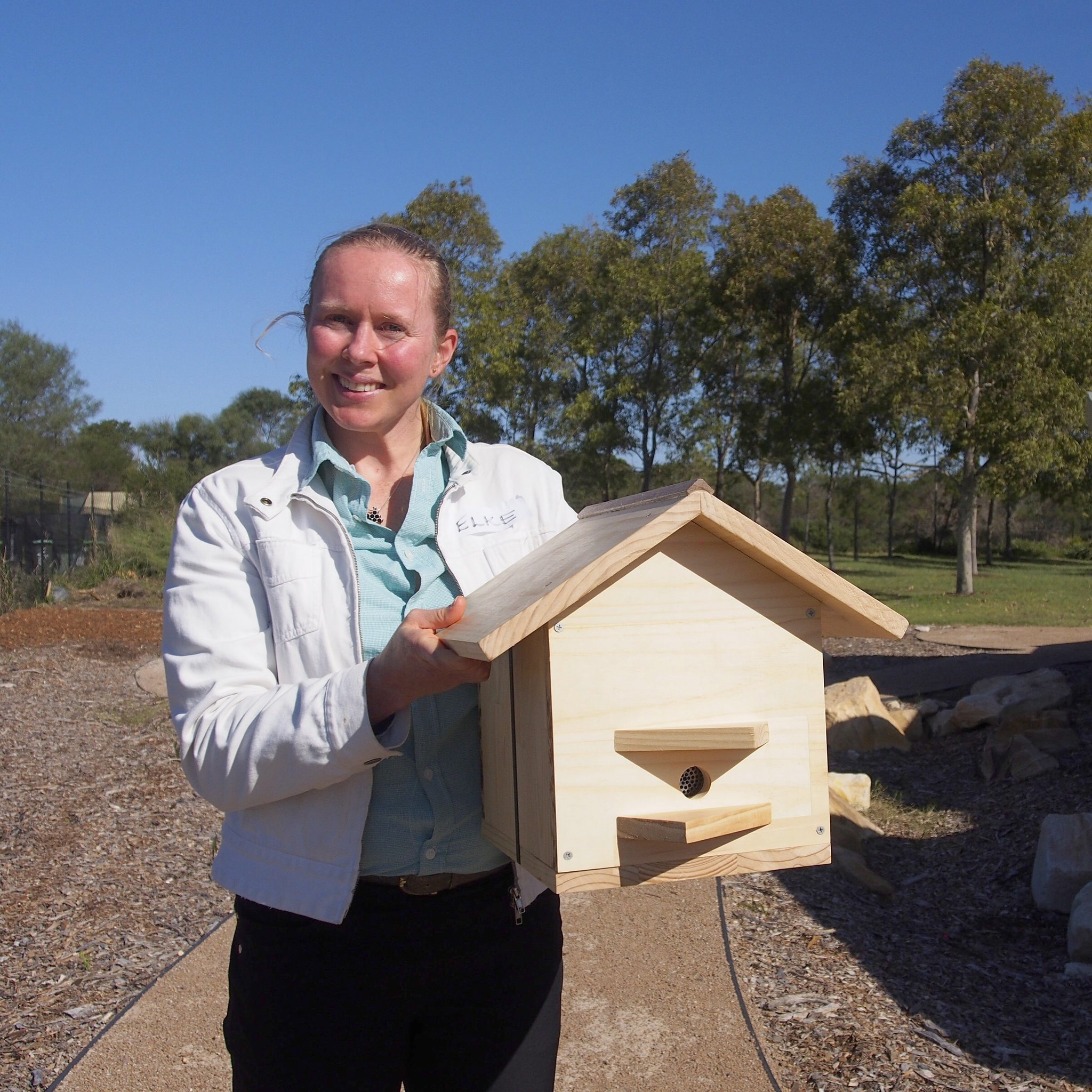

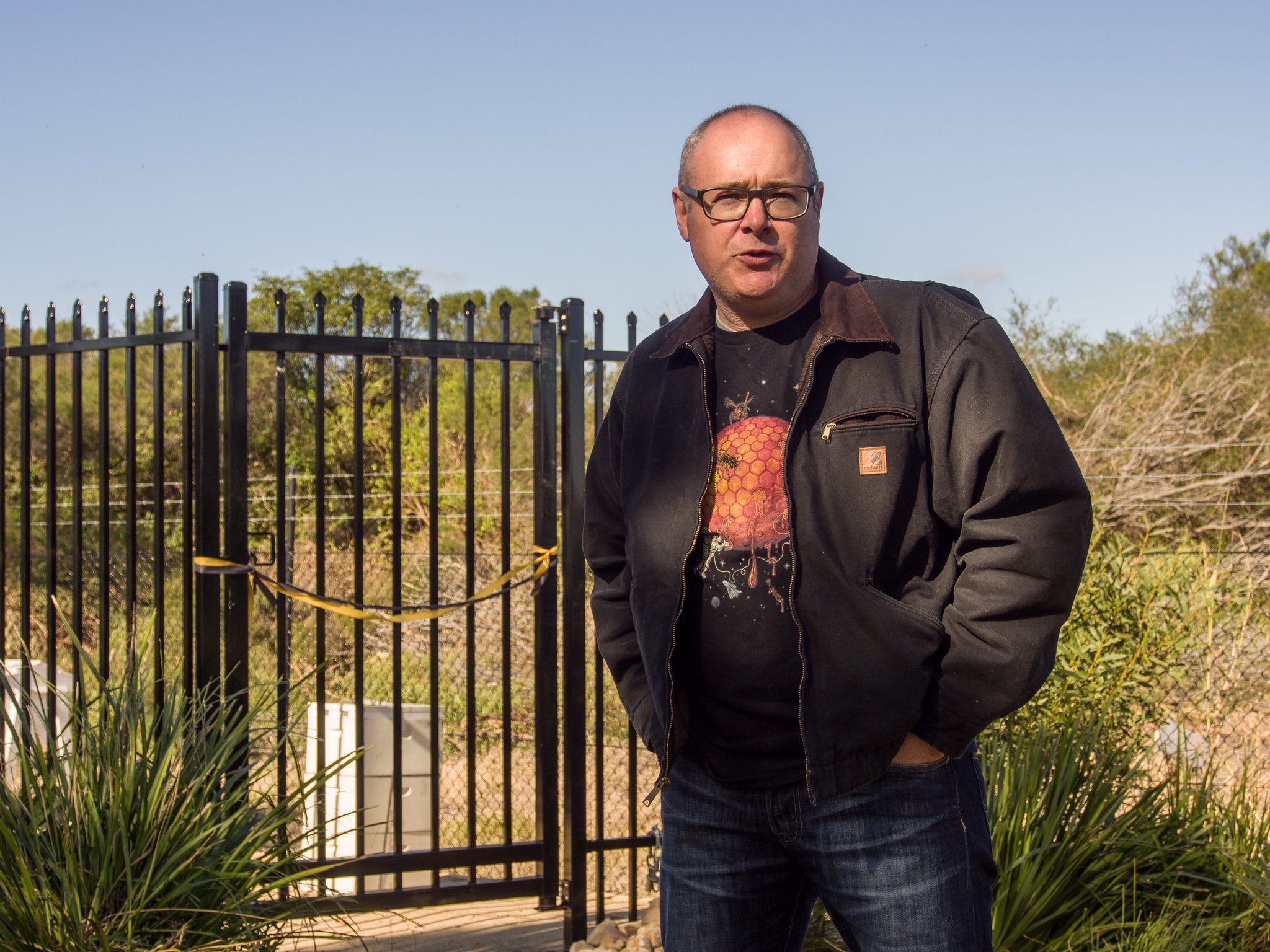
Above: Doug gives Randwick deputy mayor, Anthony Andrews, a jar of honey from The Urban Beehive. With hives throughout Sydney, you can't get food more local than this.
Doug Purdie specialises in honeybees of which there is a single variety in Australia (Apis millefera). Doug operates a small business, The Urban Beehive, and has hives throughout Sydney. He markets his honey according to the suburb the hives are located in, producing Parramatta honey, Lane Cove honey, Marrickville honey, Surry Hills honey, The Rocks honey and more.
Australia has not been affected by the colony collapse disorder that has devastated beehives in other countries.
Australia has not been affected by the colony collapse disorder that has devastated beehives in other countries.
The importance of community education…
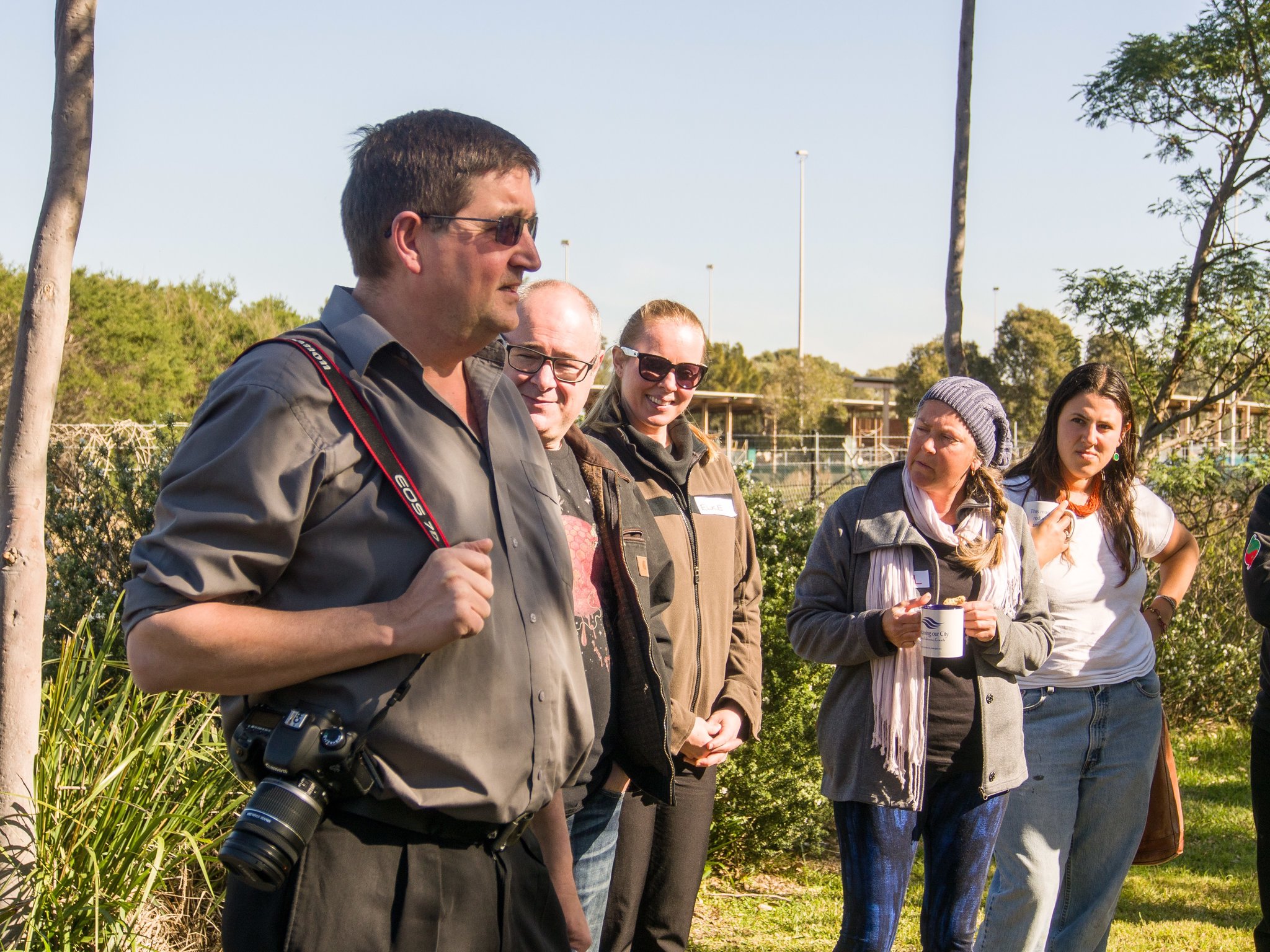
For both Elke and Doug, educating people about the importance of bees for the pollination of the crops we eat and for the culinary and medicinal importance of the honey they produce is a priority.
The following photos from the community workshop, organised by Randwick Council's sustainability unit, show Doug demonstrating how honey is extracted from the honeycomb frames that fit into the beehives.
The following photos from the community workshop, organised by Randwick Council's sustainability unit, show Doug demonstrating how honey is extracted from the honeycomb frames that fit into the beehives.
After Peter Maganoff, manager of council's sustainability unit and proponent of the bee installation (standing at left in photo above) told the story of the apiary, Deputy mayor, Anthony Andrews (Independent), cut one of the official ribbons to open the installation.
The other ribbon was cut by Elke as the representative of the community bee association that will operate the hives. The association will provide a number of community beekeeping workshops through the year in return for using council land and for council building the cage.
The other ribbon was cut by Elke as the representative of the community bee association that will operate the hives. The association will provide a number of community beekeeping workshops through the year in return for using council land and for council building the cage.
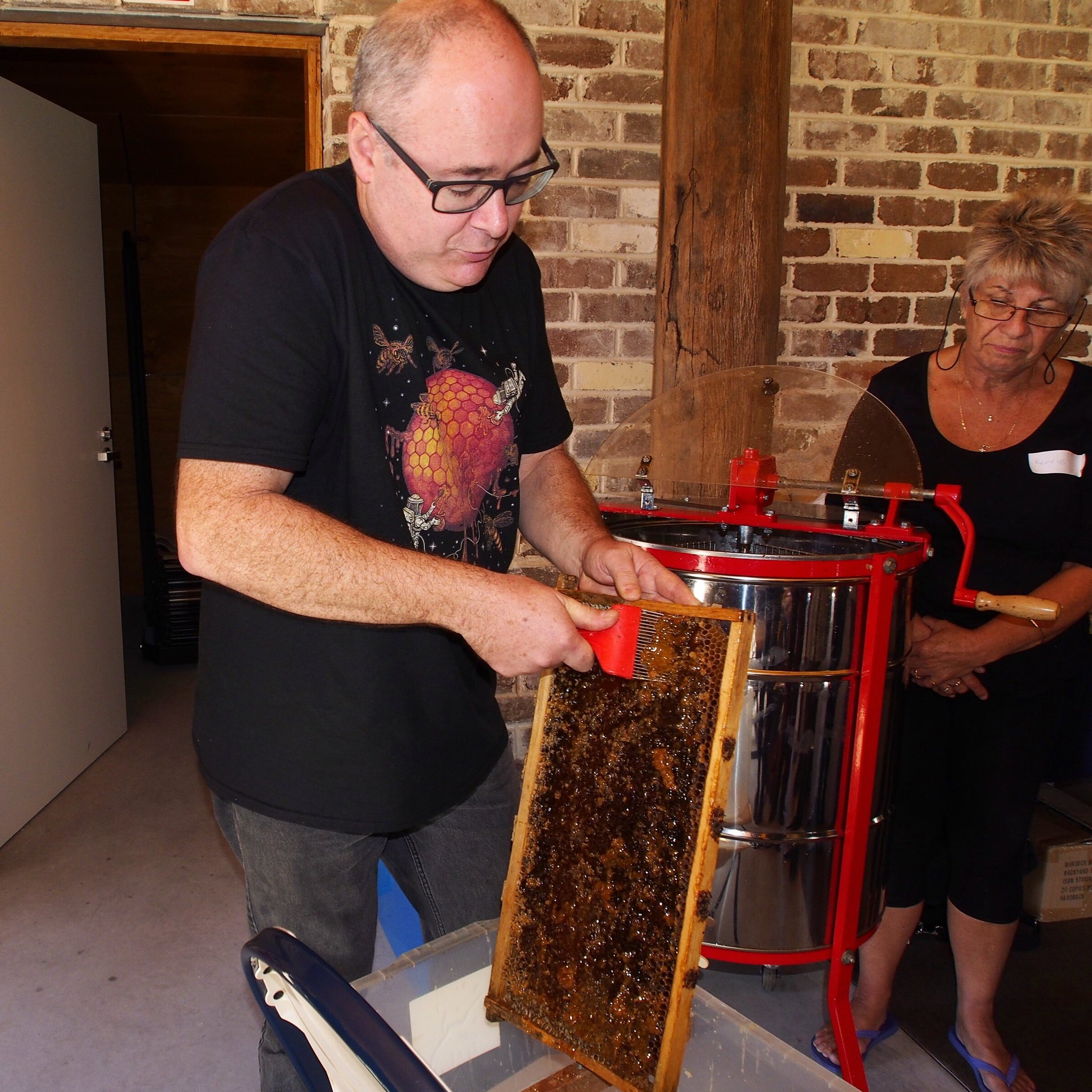
Above: Deputy mayor, Anthony Andrews, and Elke Haege cut the ribbons to open Randwick's combined native and honeybee installation as Doug Purdie (below) looks on.
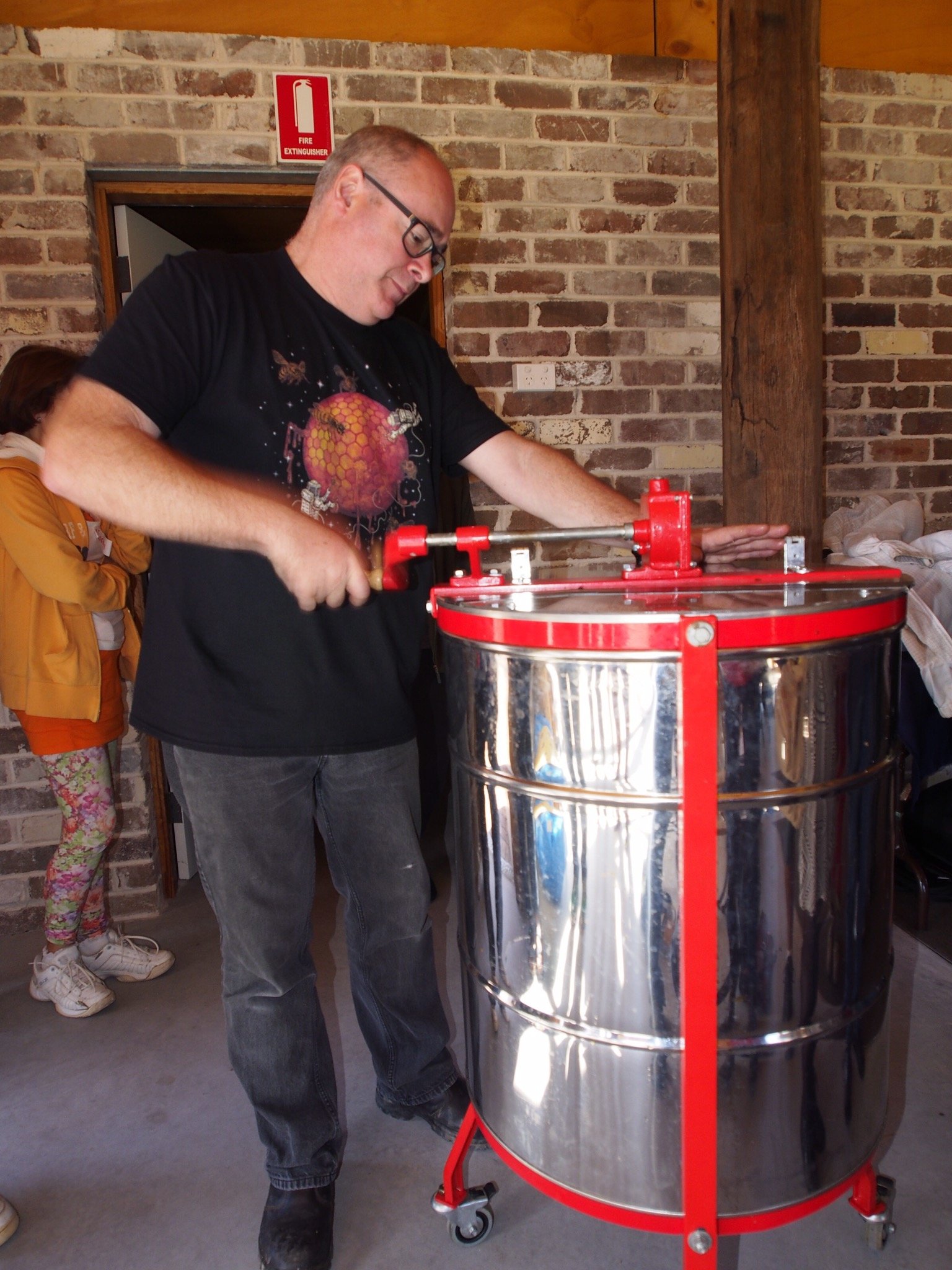
Stacking landuses
Above: Doug demonstrates how a centrifugal honey extractor works.
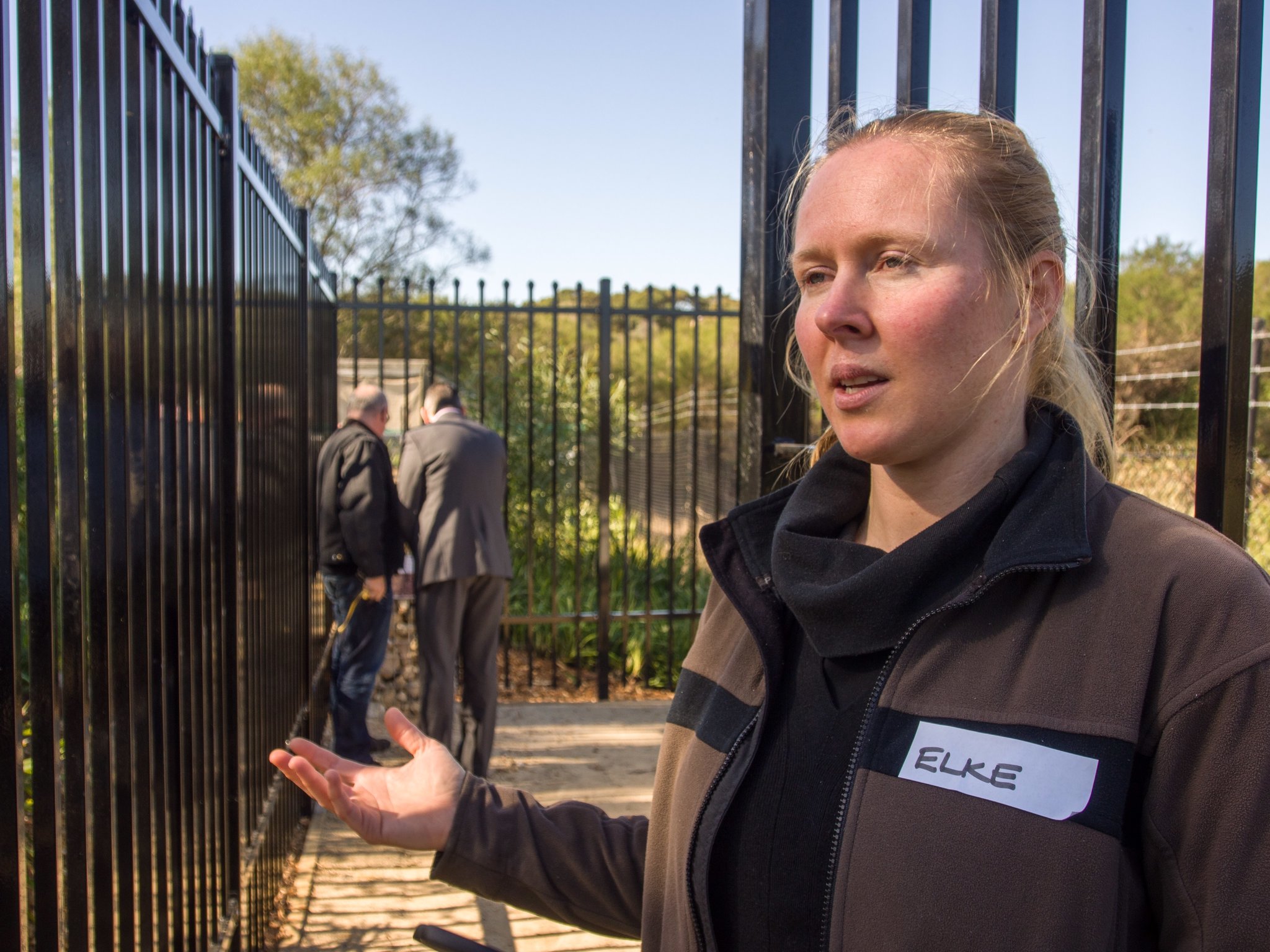
Community education the mission…
Above: A home for native bees... Elke with the type of insulated, native bee hive she makes.
Bees and chooks… education in DIY, community and home-based urban agriculture
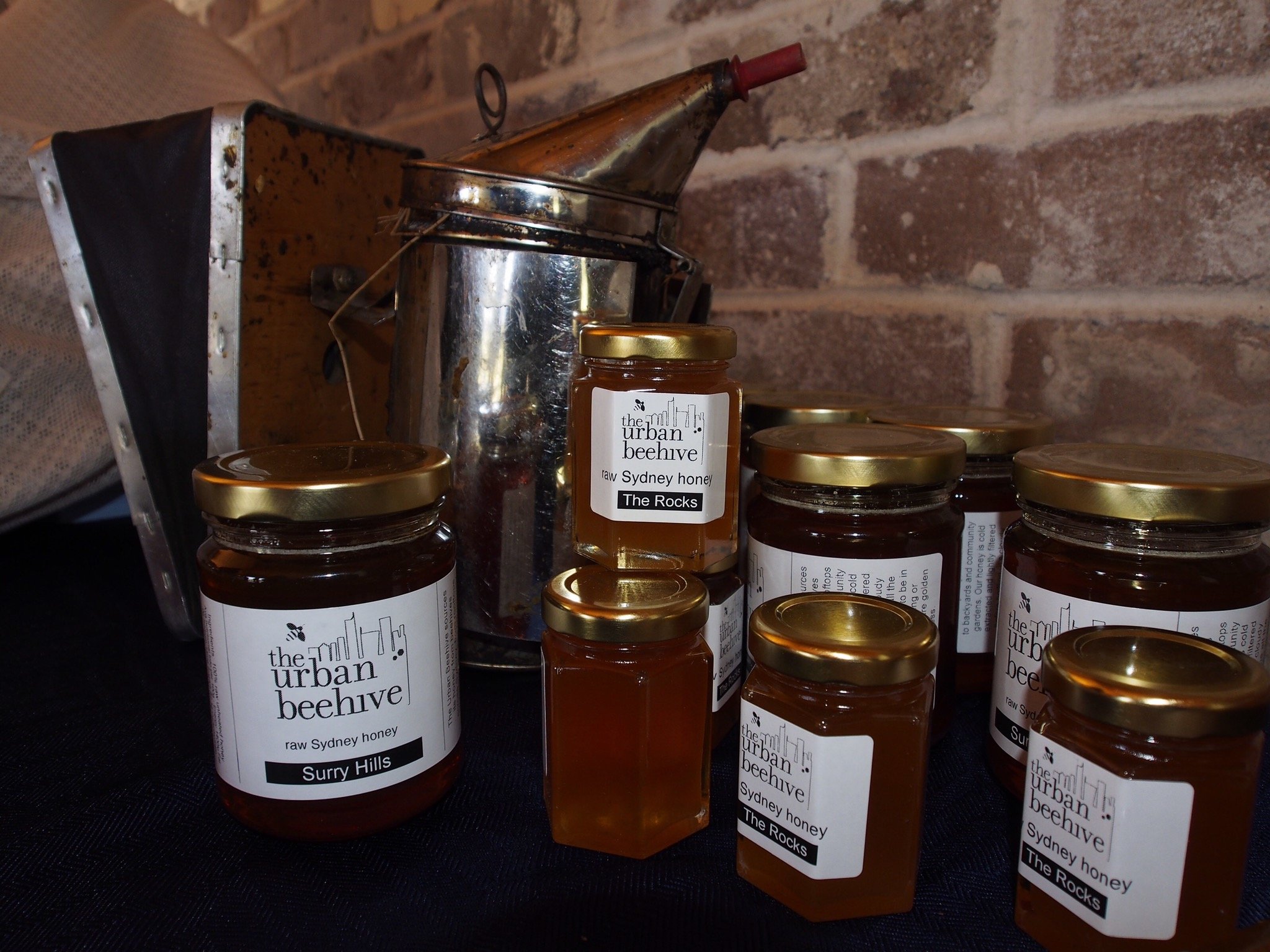
The chook and bee workshops at Randwick Community Centre were two more in council's series aimed at building community resilience, especially in food production. They answer the local demand for practical training in organic gardening, balcony gardening, community leadership and the keeping of domestic livestock, like chooks and bees.
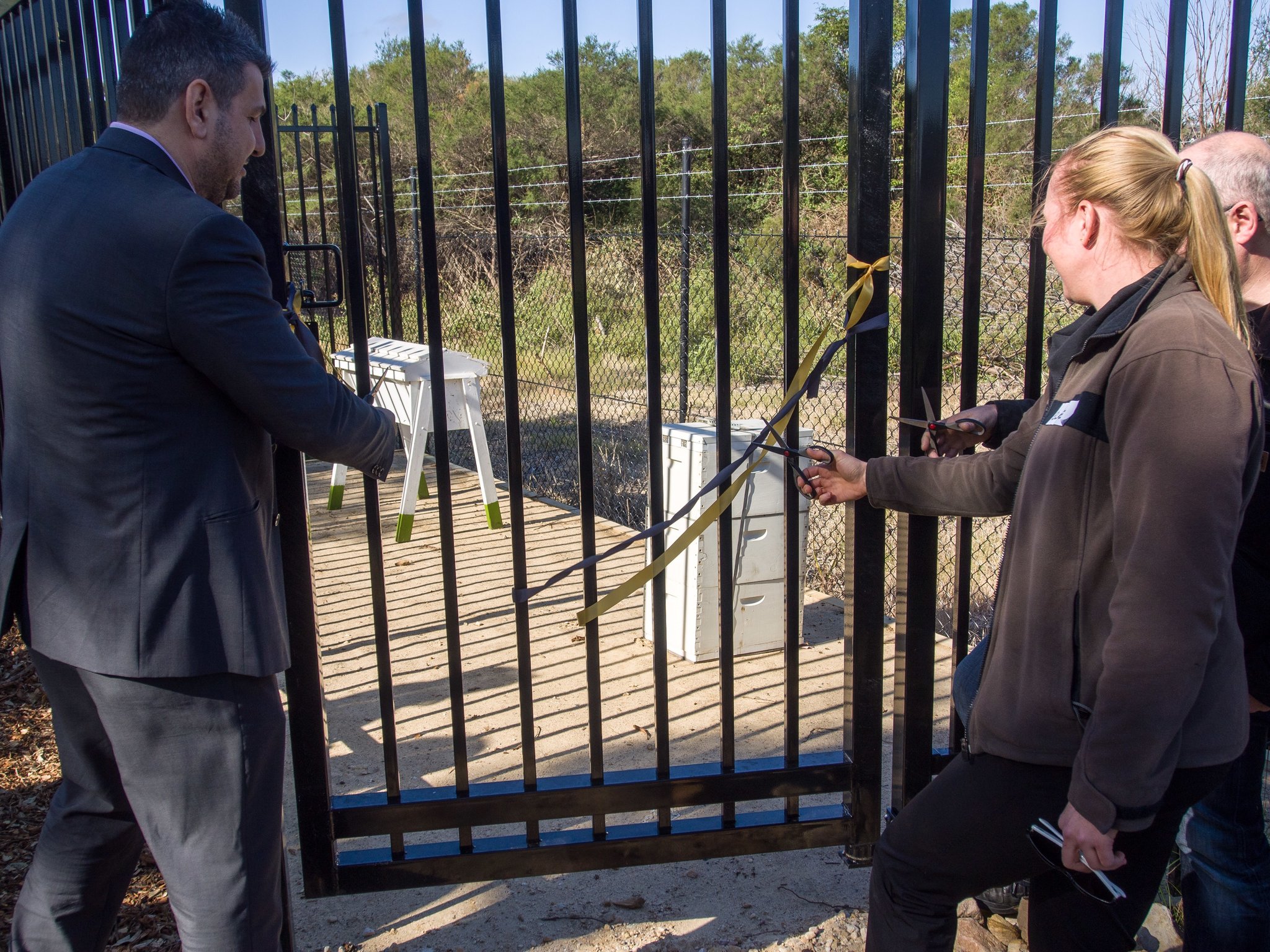
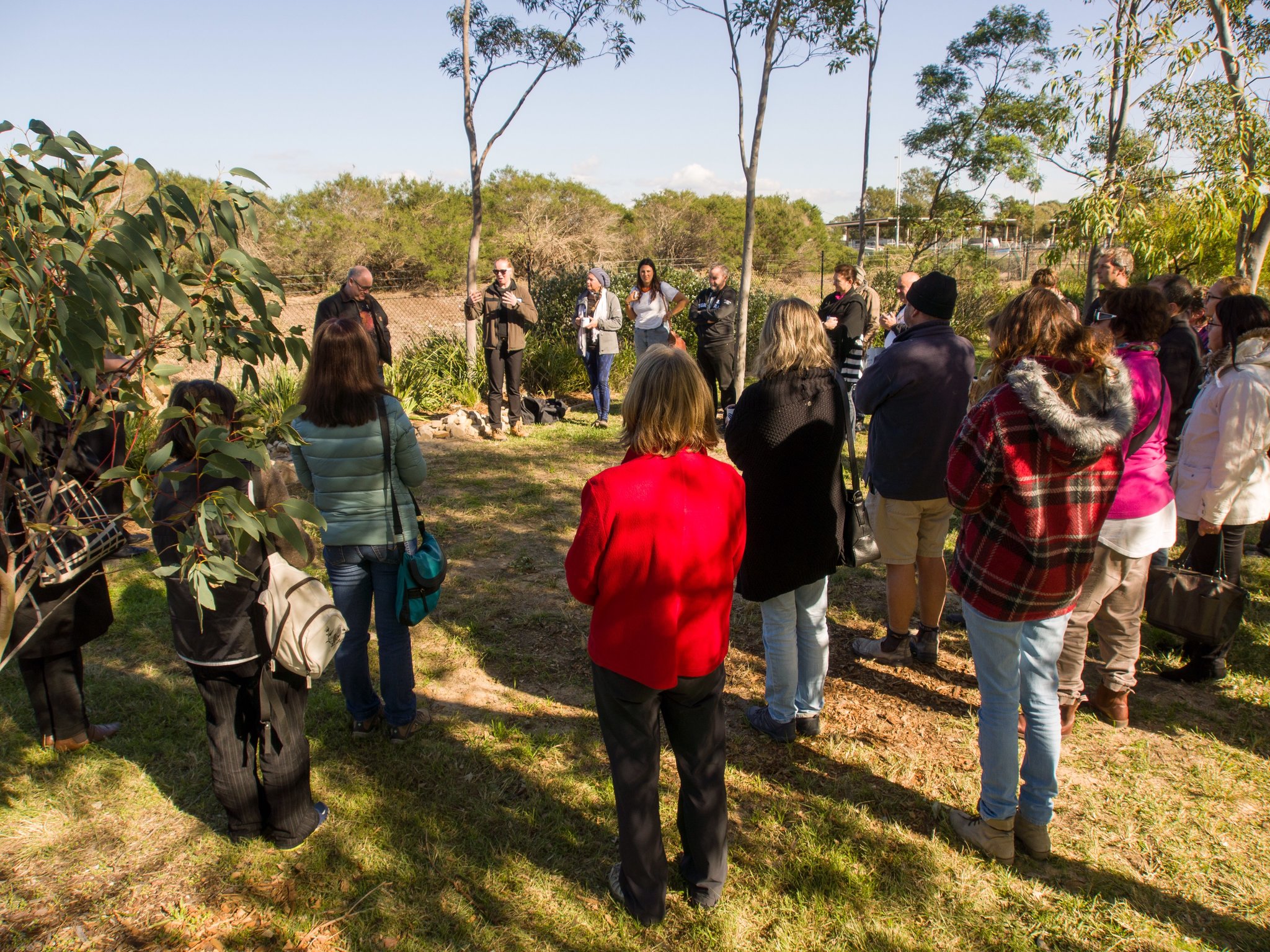
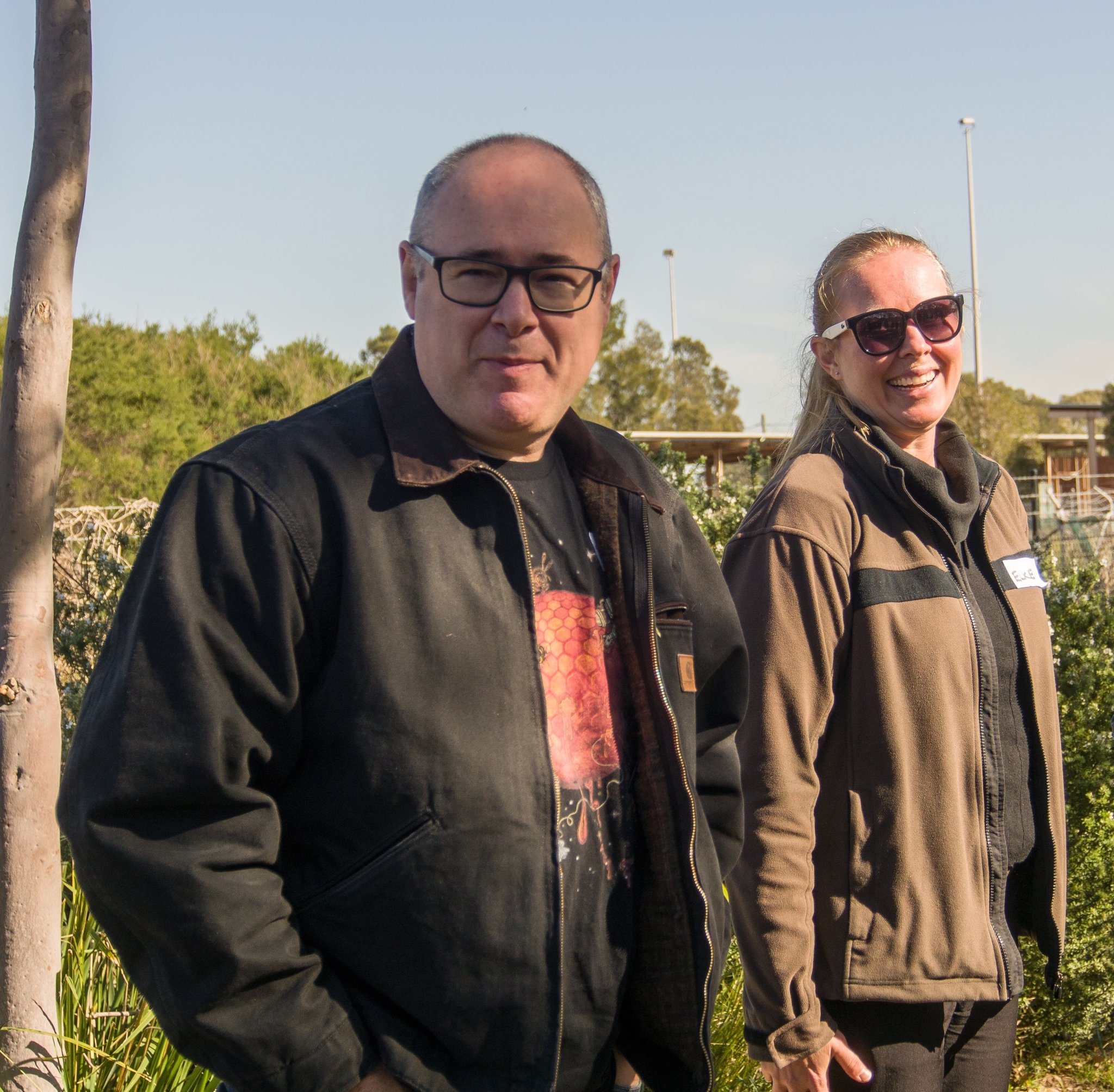
For Fiona, the courses are about building community capability and skills — skilling-up — so that people can assume some level of control over the food they eat and where it comes from.
With the apiary now installed and operational, beekeeping workshops will be scheduled over the remainder of the year, adding to those in keeping chooks and the courses in organic gardening and forest gardening (small space orcharding) to spread the skills of self-provisioning through the community and to create a cadre of experienced people who can assist others produce a little of what they eat (this uses the 'ripple effect' of educating a core of people who then spread the skills).
The presence of the hives will make possible peer-to-peer education in the skills of beekeeping… a small step in making Randwick and Sydney's Eastern Suburbs a venue for the innovative home and community gardens of our urban agriculturists.
With the apiary now installed and operational, beekeeping workshops will be scheduled over the remainder of the year, adding to those in keeping chooks and the courses in organic gardening and forest gardening (small space orcharding) to spread the skills of self-provisioning through the community and to create a cadre of experienced people who can assist others produce a little of what they eat (this uses the 'ripple effect' of educating a core of people who then spread the skills).
The presence of the hives will make possible peer-to-peer education in the skills of beekeeping… a small step in making Randwick and Sydney's Eastern Suburbs a venue for the innovative home and community gardens of our urban agriculturists.
Building community capacity and skills
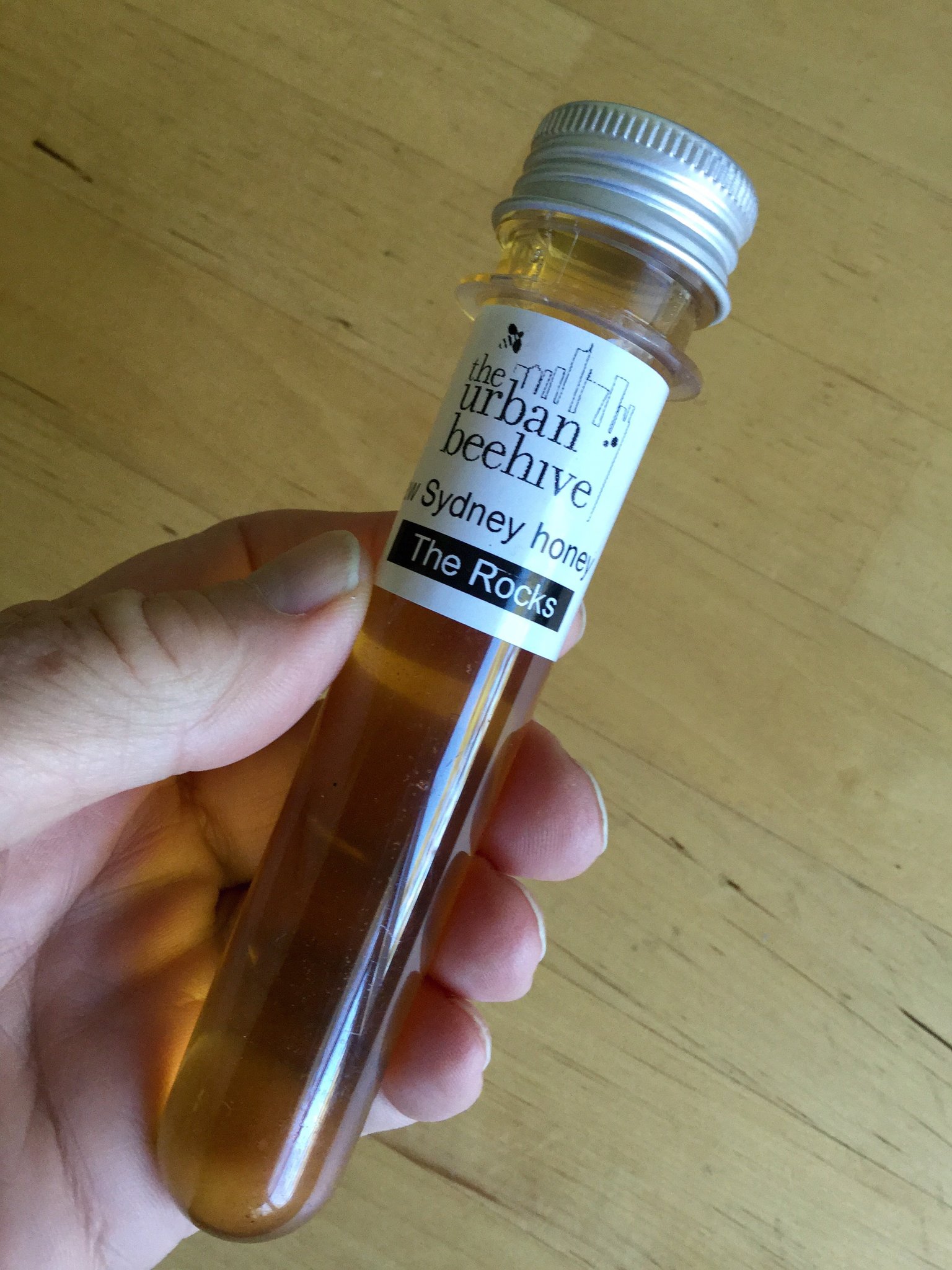
Elke Haege is an Australian native bee specialist who breeds the bees and who makes the hives the native bees are accommodated in.
Native bees are kept mainly to assist with pollination as they do not produce much honey. There are numerous varieties, most of them stingless. Some are social while others are solitary.
Native bees are kept mainly to assist with pollination as they do not produce much honey. There are numerous varieties, most of them stingless. Some are social while others are solitary.
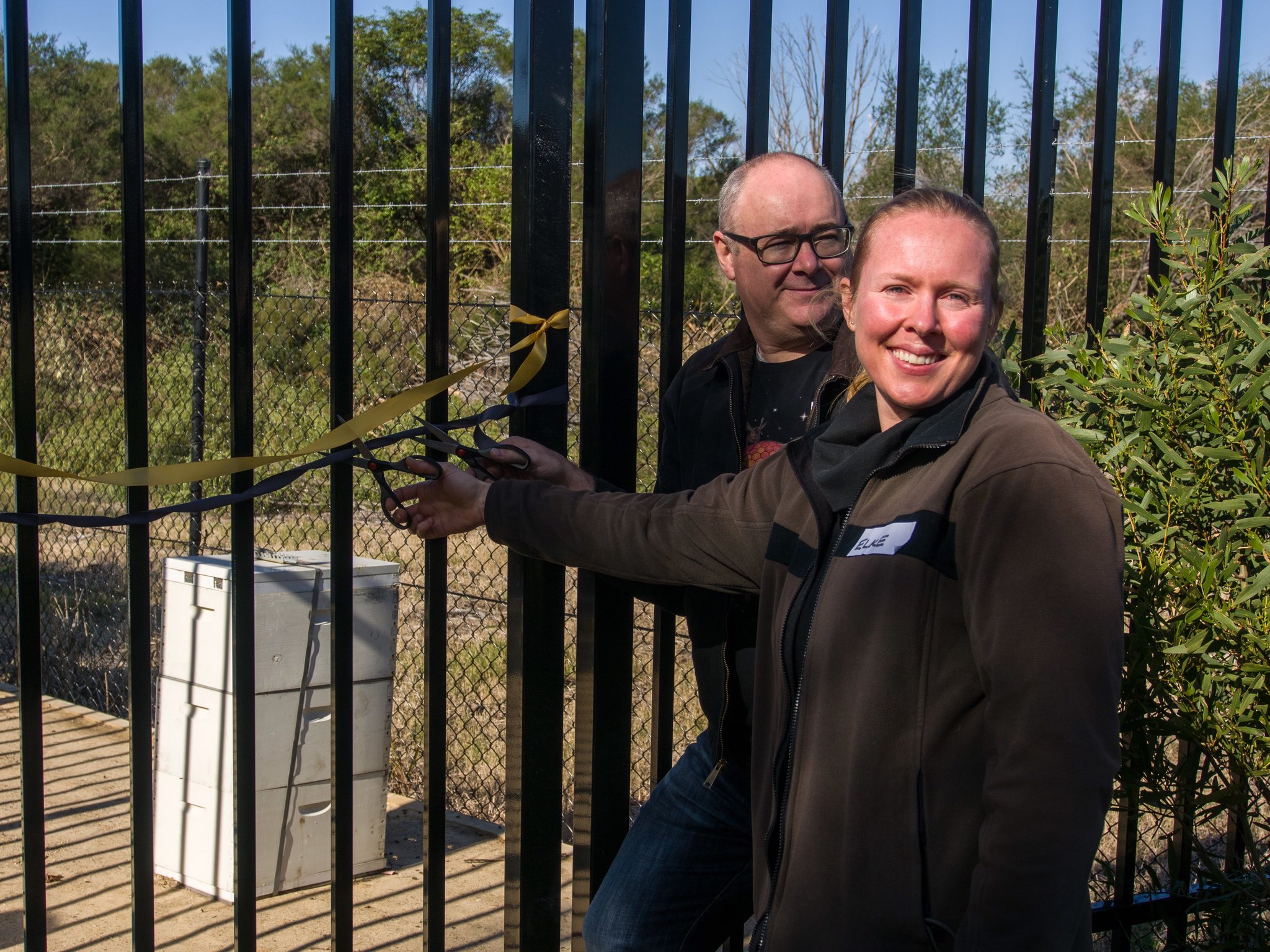
Cutting the ribbons
Specialist: honey bees…